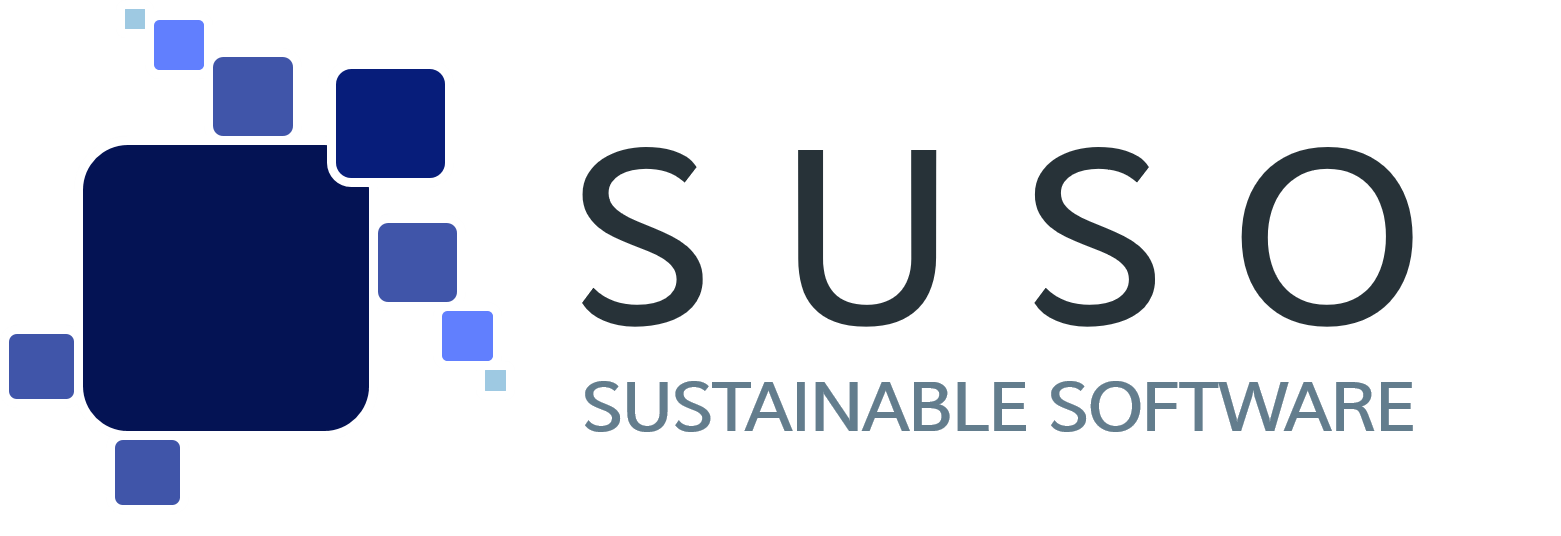Circular IT: How can we apply the concept of circular economy in the IT industry and reduce waste and wastage?
The IT industry is an important driver of economic development in many countries. However, this industry is also responsible for a significant amount of waste and environmental pollution. This has led to more and more companies in the IT industry becoming interested in Circular IT and circular economy concepts.
Circular IT refers to the application of circular economy principles in the IT industry. The aim is to minimize the production of electrical and electronic equipment and the disposal of waste, and to maximize resource efficiency. Circular economy is based on the idea that waste is considered a raw material and is returned to the economic cycle.
The importance of Circular IT and Circular Economy in the IT industry lies in the need to reduce waste and pollution and increase the sustainability of the industry. By applying Circular IT concepts, companies in the IT industry can reduce the consumption of raw materials and energy, extend the life of products and reduce the need for new production and disposal.
The current situation in the IT industry
The IT industry has experienced rapid growth in recent years and plays a central role in the global economy. However, this success also has a negative impact on the environment. In particular, the production and disposal of electrical and electronic equipment lead to significant environmental impacts.
The production of electrical and electronic equipment requires the extraction of raw materials. Such as rare earths and metals, which are often mined under difficult conditions and with a high energy input. In addition, the production of electrical and electronic equipment leads to high emissions of greenhouse gases such as CO2. And to the generation of hazardous chemicals such as mercury and lead.
The disposal of electrical and electronic equipment is also problematic. In many cases, equipment is not recycled properly, but ends up in landfills or is exported illegally. This leads to serious environmental problems and health risks for people. According to one estimate, 1.7 million tons of e-waste are produced each year in Germany alone. The United Nations expects this figure to rise to 74.7 million tons worldwide by 2030.
Another challenge for the IT industry is the short lifespan of products. Especially electronic devices such as smartphones, tablets and laptops. Many of these devices are replaced within a few years, even though they still function technically. The result: enormous resource consumption as well as waste production.
Use our tools for sustainable software
Our three tools help you acquire the knowledge, skills, and financial resources you need to develop sustainable software products and services that meet social, environmental, and economic needs. By using these tools, you can position yourself as a leader in sustainable software development and help create a better future for all.
Reasons for the circular economy in the IT industry
There are several reasons why it is important for companies in the IT industry to apply Circular IT concepts:
- Circular IT concepts can help reduce the environmental impact of the IT industry. Especially with regard to the production and disposal of electrical and electronic equipment. By extending the life of products and reusing materials, companies can reduce the consumption of raw materials and energy and minimize waste production.
- The dependence on limited raw materials and the uncertainty regarding the availability of these raw materials can pose a significant risk for companies. Circular IT concepts can help to minimize this risk by making companies less dependent on the extraction of new raw materials. And by developing alternative sources of materials.
- Circular IT concepts can also help companies save costs by reducing the consumption of raw materials and energy and promoting the reuse of materials. In addition, companies can also generate revenue by extending the life of products and reusing materials.
- Applying Circular IT concepts can also help improve the image of companies in the IT industry. As sustainability becomes increasingly important to consumers and investors, the application of Circular IT concepts can help boost confidence in companies. And thus improve their positioning as environmentally aware and responsible players.
Applications of circular economy in the IT industry
To reap the benefits of the circular economy in the IT industry, companies need to integrate Circular IT concepts into their business models. There are several applications of Circular IT concepts that can be used in the IT industry to reduce waste and waste and save resources.
- Repair is a way to extend products and keep them in service longer. IT companies can provide spare parts and provide instructions on how to repair equipment to ensure their products can be used longer. By repairing equipment, companies can reduce waste and save money by having to produce fewer new products.
- Reusing equipment and materials can also help reduce waste and wastefulness. For example, companies can implement programs to take back old equipment. And reuse it to ensure it is not simply thrown away. Materials can also be reused by, for example, recycling old electronics and reusing the valuable metals.
- Recycling is an important part of the circular economy and can also be used in the IT industry. Companies can use recyclable materials in their products and ensure that they can be recycled at the end of their useful life. By recycling materials, companies can reduce waste and reduce environmental impact by mining fewer raw materials and using less energy to produce new materials.
Challenges and solutions
Although Circular IT concepts offer many advantages, there are also challenges in implementing them in the IT industry.
- The value chain in the IT industry is often very complex. Therefore, it can pose a challenge for the implementation of circular IT concepts. Products consist of a variety of components that may originate from different countries and require different recycling or disposal processes.
- To implement Circular IT concepts, products must be designed to be more durable and repairable. However, it can be difficult to design products that are both functional and aesthetically pleasing while still meeting all circular economy requirements.
- Another barrier to implementing Circular IT is the lack of infrastructure for reusing, repairing, and recycling electronics products. There are often limited recycling facilities and a lack of recycling standards.
However, there are solutions to these challenges:
- In order to successfully implement Circular IT concepts, cooperation along the value chain is required. This includes suppliers, manufacturers, distributors, resellers and recycling facilities.
- Products should be designed to be durable and repairable. This requires close collaboration between designers and engineers to ensure that products meet circular economy requirements while still being functional and appealing.
- Improved infrastructure for reuse, repair and recycling of electronics products is essential. Governments and businesses must work together to ensure that sufficient recycling facilities are in place and that the required standards are met.
Examples of successful implementations of circular economy in the IT industry
There are already a number of companies in the IT industry that are successfully implementing Circular IT concepts. Here are a few examples:
- Apple has developed a “Daisy” robotic system capable of disassembling old iPhones and recovering valuable materials such as gold, copper and cobalt. Apple also uses recycled materials to make products such as MacBook cases and screens.
- Dell has implemented a program called “Closed Loop Recycling” that allows it to reuse plastics from recycled electronics products. Dell uses these materials in its own products and also supplies them to other companies.
- Fairphone produces smartphones that are manufactured ethically and sustainably. The devices are modular so they can be easily repaired and upgraded. Fairphone also uses recycled materials and emphasizes compliance with labor rights standards.
- HP has a “Planet Partners” program that allows customers to return HP products for recycling at no cost. HP also uses recycled plastics in its products. It has a goal of using 30% recycled content in its printers and supplies by 2025.
- Microsoft has a goal of keeping all the products it produces in closed-loop systems by 2030. It has also launched a recycling program that allows customers to return their old Microsoft products.
These examples show that Circular IT concepts can be successfully implemented and offer both environmental and economic benefits.
Also: Blockchain Technology as a solution
By using blockchain technology, businesses and consumers can better control and reduce their material and energy consumption. This can not only lead to cost savings, but also help conserve resources and combat climate change. Read our article Circular Economy: How Blockchain Technology can help implement sustainability.
Conclusion
In summary, the application of Circular IT concepts in the IT industry is one of the most important steps towards a more sustainable future. The IT industry is one of the fastest growing industries in the world. And therefore also has a great responsibility to become more environmentally friendly. By implementing circular IT concepts such as repair, reuse and recycling, companies can reduce waste and waste, save resources and improve their reputation. However, there are also challenges in implementing Circular IT. Such as the need for standardization and collaboration within the industry. However, the examples presented show that Circular IT concepts are already being successfully implemented and are a promising path to a more sustainable IT industry. It is important that companies in the IT industry recognize their responsibility. And commit themselves to Circular IT in order to make a positive contribution to the environment and society.





